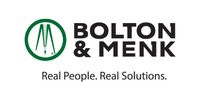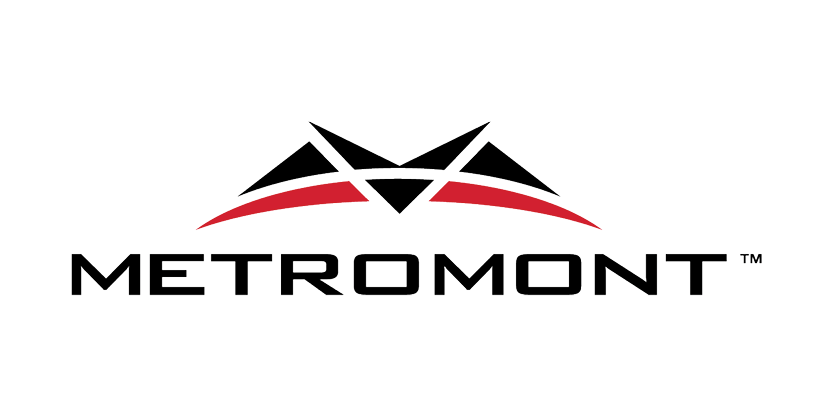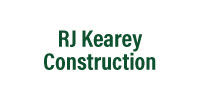Posted on August 23, 2017
In a press conference last Tuesday, President Donald Trump announced his latest executive order, which addressed infrastructure permitting. Though the event ultimately devolved into a controversial discussion about the tragic events in Charlottesville, the order offers some insight into the administration’s strategy on infrastructure policy.
The executive order, entitled “Establishing Discipline and Accountability in the Environmental Review and Permitting Process for Infrastructure,” is aimed at expediting permitting for infrastructure projects. It broadly tasks federal agencies with proposing ways to reduce average permitting time from the current average of seven years down to two years, and assigns an agency to each future project, placing them in charge of navigating the bureaucratic process. To demonstrate its inherent complexity, Trump unveiled a six-foot long graphic depicting the permitting process at the press conference.
Trump has often spoken of a $1 trillion infrastructure plan, though none has materialized as of yet. His budget request proposed a mix of $200 billion in tax credits and direct funds, but it remains unclear whether this could spur enough private investment to reach $1 trillion. To complicate things further, the president recently announced that he would scrap plans to create an infrastructure advisory panel, which would have allowed the private sector to share input.







 AMID A CHALLENGING retail landscape dominated by news of brick-and-mortar store closings, the food hall has emerged as a promising opportunity for the commercial real estate industry and food entrepreneurs. Although food halls vary greatly in size and focus — ranging from “mega” halls, such as Mario Batali’s Eataly in Boston, Chicago and New York, to much smaller venues in aging strip malls, such as The Block in Annandale, Virginia, a suburb of Washington, D.C. — they all feature a mix of vendors offering high-quality artisanal food in a communal atmosphere.
AMID A CHALLENGING retail landscape dominated by news of brick-and-mortar store closings, the food hall has emerged as a promising opportunity for the commercial real estate industry and food entrepreneurs. Although food halls vary greatly in size and focus — ranging from “mega” halls, such as Mario Batali’s Eataly in Boston, Chicago and New York, to much smaller venues in aging strip malls, such as The Block in Annandale, Virginia, a suburb of Washington, D.C. — they all feature a mix of vendors offering high-quality artisanal food in a communal atmosphere. Business North Carolina is seeking nominations for its annual Building North Carolina awards, which will be featured in their November issue. Submit your suggestions on the most important commercial real-estate projects completed in the state between July 1, 2016 and June 30, 2017 and the developer who has had the biggest impact on the industry.
Business North Carolina is seeking nominations for its annual Building North Carolina awards, which will be featured in their November issue. Submit your suggestions on the most important commercial real-estate projects completed in the state between July 1, 2016 and June 30, 2017 and the developer who has had the biggest impact on the industry. Are you interested in going beyond local NAIOP relationships by networking with other executives from across North America in your industry segment?
Are you interested in going beyond local NAIOP relationships by networking with other executives from across North America in your industry segment? The world today moves faster than it ever has before. Smartphones provide immediate access to people and information. Retailers deliver with blinding speed, often the same day. But not everything should, or can, be immediate. That’s true in tax policy, and in commercial real estate (CRE).
The world today moves faster than it ever has before. Smartphones provide immediate access to people and information. Retailers deliver with blinding speed, often the same day. But not everything should, or can, be immediate. That’s true in tax policy, and in commercial real estate (CRE). Fulfilling a portion of an executive order by President Donald Trump, the EPA and U.S. Army Corps of Engineers have released a proposal to rescind the Waters of the United States rule that expanded federal jurisdiction under the Clean Water Act.
Fulfilling a portion of an executive order by President Donald Trump, the EPA and U.S. Army Corps of Engineers have released a proposal to rescind the Waters of the United States rule that expanded federal jurisdiction under the Clean Water Act. Many thanks to Grievous Angels, Irrashional and The Holdouts for their outstanding performances! Congratulations to Grievous Angels who took home the trophy again this year!
Many thanks to Grievous Angels, Irrashional and The Holdouts for their outstanding performances! Congratulations to Grievous Angels who took home the trophy again this year!
 How can family-owned businesses stay competitive in the commercial real estate industry?
How can family-owned businesses stay competitive in the commercial real estate industry?




































